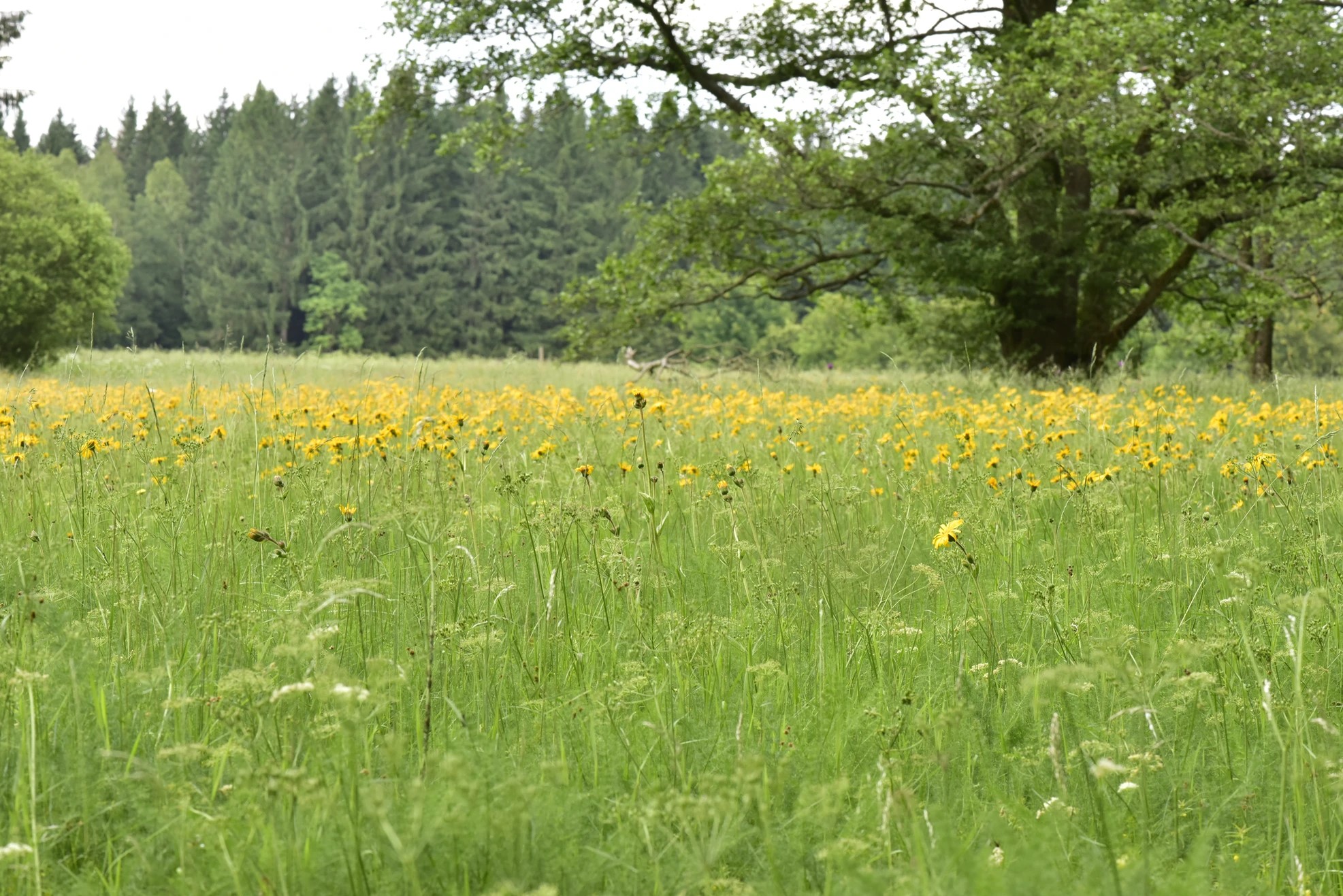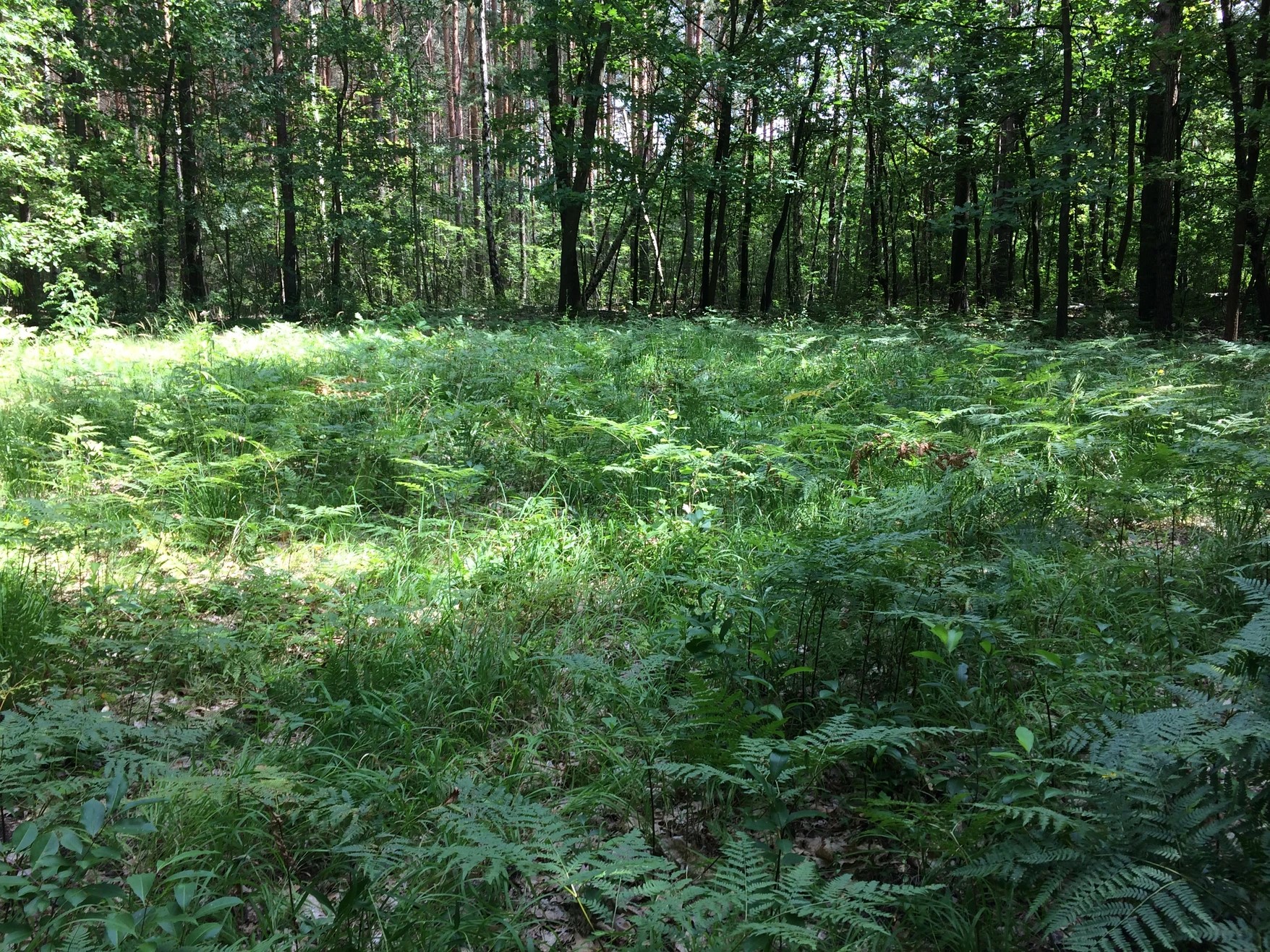Connecting past and future: Range-wide genomic monitoring for Arnica
Katja Reichel works at Freie Universität Berlin, doing research on the population and conservation genetics of partially clonal (and other) plants, often – as for ArnicaSNP – in collaboration with the Berlin Botanic Garden and Botanical Museum. She is also the current co-chair of the ERGA Sampling and Sample Processing Committee.
Imagine it’s June again – flowering time for Arnica! Except this year, June also saw the beginning of a pioneering research project on this well-known medicinal plant, which is currently disappearing from large parts of its native range in Europe. At the invitation of Dr Katja Reichel from FU Berlin, Arnica specialists from several European countries will join forces in the new BGE ERGA case study ArnicaSNP and develop a scheme for monitoring diversity and changes in the species’ genome – through time and space.
In the BGE project, Arnica serves as an example to show how the availability of reference genomes impacts the way conservation geneticists work. Currently, wild stands of the charismatic yellow-flowering herb are highly protected in some European countries, yet heavily exploited in others, since large-scale cultivation has so far failed. Populations in different parts of the species’ range thus face a variety of threats, from overharvesting to the abandonment of hay meadows, which used to be an important Arnica habitat type especially in the lowlands, but whose existence depends on mowing. These direct factors in the decline are overlaid by more complex effects of climate change, which may also impact the higher-up growth sites that gave Arnica its Latin name, Arnica montana, and Arnica’s composite reproductive system, including both sexual offspring from seeds and clonal “daughter” plants connected underground to their parent. The need to understand Arnica’s evolution to ensure the species’ effective protection has motivated a number of previous local conservation genetic studies, yet so far, no range-wide comparison exists.
Arnica habitats at a glance. Photo by: Katja Reichel, Aaron Pérez Haase and G. Mansion / A. Guggisberg
ArnicaSNP now takes Arnica conservation research to a new level: By jointly analysing genomic data from across Europe, based on DNA samples collected in previous studies and over a period of more than ten years, it will provide essential information to allow the repeated, range-wide measuring of the species’ natural diversity. This includes testing methodological questions, such as which sections of the genome evolve locally vs. in different parts of the plant’s range, or on which time scale to expect detectable changes. The Arnica reference genome, which is also being generated as part of the ERGA BGE project, will hereby serve as a “map” for smaller stretches of DNA (RADtags, SSR loci) sequenced in a total of over 400 samples. Moreover, the project will give future conservation scientists an opportunity to get their first experience with genomic data in the project’s equally important training and dissemination part.

Arnica habitats at a glance. Photo by Katja Reichel, Aaron Pérez Haase and G. Mansion / A. Guggisberg.
By bringing the European Arnica community together, we hope that ArnicaSNP will be a hotbed of further ideas on the plants’ sustainable protection and equitable use, and inspire similar networks for other disappearing species. This project is made possible by the support of the ERGA community, and receives funding from the European Union under the European Union’s Horizon Europe research and innovation programme, co-funded by the Swiss Government and the British Government, as well as from FU Berlin.
Header image: Quo vadis, Arnica? As populations decline and disappear in large parts of its range, the species faces an uncertain future. Photo by: Katja Reichel




